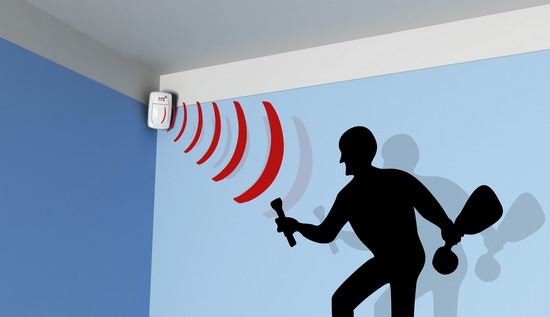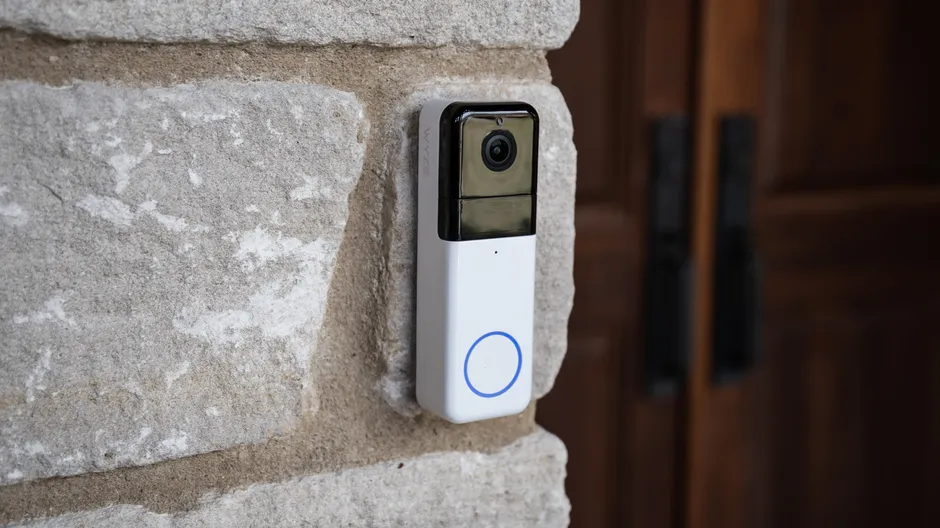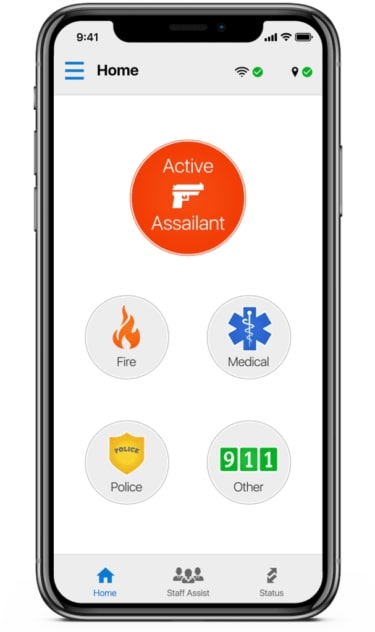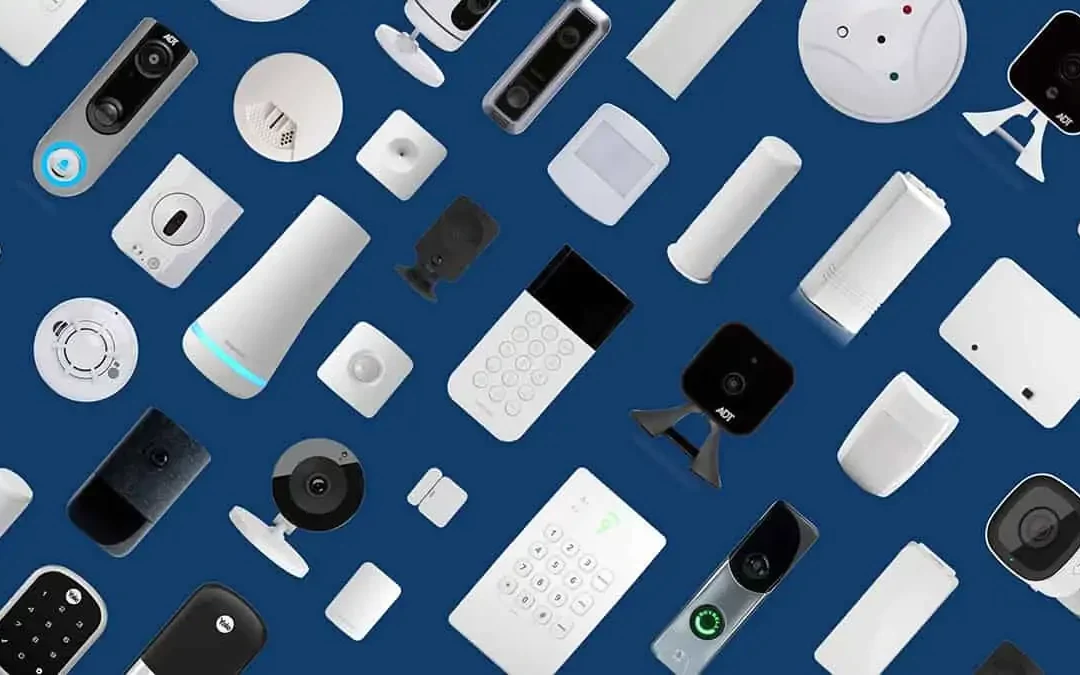Almost everyone wants to keep their loved ones, home, and belongings safe. It might be challenging to choose a home security system, though. That is, if you’re not prepared. It will be easier for you to choose a security system when you have a greater grasp of the different systems, their features, technology, and other factors. In addition, learning the ropes will undoubtedly help you save a ton of money, time, and hassle.
What exactly are Home Security Systems?
Entryway sensors, motion detectors, a base station, and security cameras are all components of home security systems, which serve to secure your house. If you have expert monitoring, the emergency response center will be informed when a burglar breaks into your house since the system will sound an alarm. The many parts of a security system consist of:

Doorway Sensors
Core Purpose:- They are the foundation of a home security system and are also known as door and window sensors. As soon as a door or window is opened, they sound the alarm (and the alarm is set). This warns the homeowner of a security breach and discourages criminals.
How it Functions:- A magnet and a sensor are the two components of entry sensors. When the two parts are in close proximity to one another, a magnetic field is created. The magnetic field is interrupted, though, when the door or window they are attached to opens, and the sensor notifies the base station to activate the siren.
Technical Highlights:- Entryway sensors that are simple to mount and quick to set up are available systems. When the entryway sensor is activated, the best security systems deliver mobile alerts. The homeowner is then able to take immediate action.
Enhancements and Integrations:- On the basis of the status of the entry sensor, some systems enable users to automate IoT devices. For instance, the base station can tell smart lights to turn on when a door opens. Additionally, customers can buy additional entry sensors to secure all of their homes’ windows and doors.

Motion Sensors
Core Purpose:- When movement is detected inside the house, motion sensors sound the alarm and/or send mobile alerts. They are designed to act as an additional layer of defense.
How it Functions:- These gadgets produce an invisible light or laser that, if disturbed, triggers an alert. Infrared technology is used by some motion detectors to detect body heat.
Technical Highlights:- To reduce false alarms, the best motion detectors can distinguish between people and dogs. They even have facial recognition technology in some cases. Someone else can turn on a floodlight anytime they notice activity.
Enhancements and Integrations:- Some motion sensors can be set to carry out a variety of tasks and connected into smart home ecosystems.

Entryway sensors, motion detectors, a base station, and security cameras are all components of home security systems, which serve to secure your house. If you have expert monitoring, the emergency response center will be informed when a burglar breaks into your house since the system will sound an alarm.
Security Cameras
Core Purpose:- In order to maintain a continual eye on safety, security cameras are put both inside and outside the house. Numerous cameras continuously record and alert the homeowner to any activity. Sometimes a camera’s mere presence is enough to discourage a burglar.
How it Functions:- Modern cameras allow for either motion-activated or continuous recording. In either case, they take video and frequently send instant messages.
Technical Highlights:- High-definition (HD) image quality, mobile access with live streaming, two-way voice, pan and tilt, and other features are all provided by the best cameras.
Enhancements and Integrations:- Platforms for home automation can be used with some cameras. This enables users to set up a variety of rules.

Video Doorbells
Core Purpose:- Video doorbells act as a first line of defense to keep criminals and package thieves out of your house. You may watch and communicate with front-stoop friends and visitors using a variety of doorbell cameras.
How it Functions:- Replace your current doorbell with the simple DIY video doorbells. A tiny camera is built into the gadgets, which records activity and captures still images for viewing and sharing. It naturally also functions as a doorbell.
Technical Highlights:- The finest feature to look for in a doorbell camera is probably mobile access, monitoring, and control through mobile app. Other capabilities include night vision, two-way conversation, cloud storage, and HD image quality.
Enhancements and Integrations:- Some doorbell video cameras can be connected into home automation ecosystems for more practical (and intelligent!) controls, much like home security cameras can.

Panic Buttons
Core Purpose:- These wall-mounted gadgets include a help button. In the event of a house invasion or medical emergency, the life-saving button is pressed. They call for assistance right away.
How it Functions:- Many control panels include a built-in panic button that can be used to contact the monitoring station using a landline, Wi-Fi, or cellular connection.
Technical Highlights:- These gadgets are fairly easy to use. And when you only have a few precious seconds to save a life, simple is exactly what you want. Some control panels with panic buttons allow two-way speech communication so you can speak with emergency personnel.

Glass-Break Sensors
Core Purpose:- Glass-break sensors, as its name suggests, detect glass breaking. Alarms and warnings are delivered as soon as a security breach is discovered. These sensors are frequently offered individually, but they complement magnetic window sensors quite well and are very effective.
How it Functions:- Install them close to a window since the sensors’ microscopic microphones can pick up the high-frequency sound of breaking glass. The alarm is set off and alerted when glass breaks, hopefully causing the intruder to flee.

Smart Smoke Detectors
Core Purpose:- Since fires frequently occur while the homeowner is gone, a standard smoke detector is worthless. But in addition to sounding the alarm, a smart smoke detector also notifies you via your smartphone in real-time.
How it Functions:- The app-based device plugs in and out with simplicity in just a few minutes. Simply launch the app whenever you need to access, monitor, or manage the smoke detector, and everything will be available to you.
Technical Highlights:- In addition to providing audio instructions when smoke is detected, smart smoke detectors frequently deliver low-battery alarms directly to your smartphone.
Enhancements and Integrations: – The majority of smoke detectors provide easy interaction with external platforms.

Floodlights
Core Purpose:- Floodlights have only one use: to shed light on shady behavior. Since most homes’ exteriors are hard to break down, a floodlight strengthens the defense and deters burglars.
How it Functions:- These lights “flood” a driveway or yard when they detect motion. Floodlights fully eliminate the dark and make the bad guys visible because criminals prefer the cover of darkness.
Technical Highlights:- In just a few minutes, many floodlights can be erected. Most have extremely bright LEDs, and some have an integrated siren that activates when motion is detected. The top floodlights available today function as security cameras.
Enhancements and Integrations: – Depending on your platform, you can define customizable motion zones, create your own schedules, completely integrate a smart home ecosystem with mobile controls, and the list goes on.
Exactly How Do Home Security Systems Operate?
You will first install a security sensor at each of your entry points (windows and doors). When a door or window is opened when the alarm system is configured and activated, the sensors immediately alert the control panel of the breach, and the control panel activates the siren or alarm. If an action is detected while the alarm is set, indoor motion detectors send the same “zone breach” signal to the control panel.

